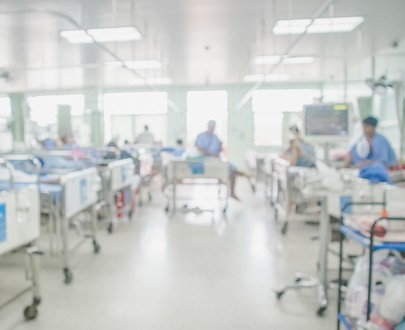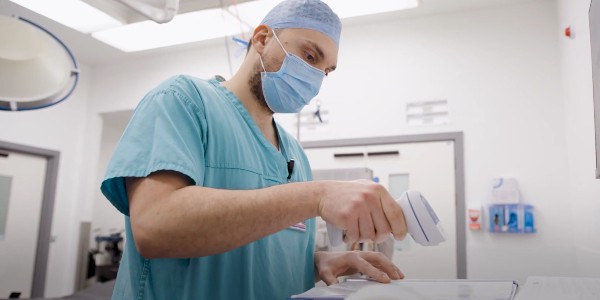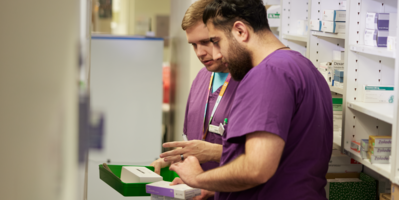August 21, 2023 Guest opinion piece
Hospital capacity is an ever-growing challenge for the NHS. At just 2.4 beds per 1000 population, the UK falls below the European average of 5 per 1000. According to the Organisation for Economic Co-operation and Development’s 2022 report(1), this places the UK 34th out of 35 neighbouring countries.
In England, total bed numbers have declined by more than 50 per cent over the last 30 years. The proportion of general and acute (G&A) care beds has reduced from 180,889 to 101,4322 – largely(2) driven by an increase in the number of patients being treated in specialised facilities or at home.
As the health service faces repercussions from Covid-19 and winter, demand continues to rise. The NHS is frequently running at above 95%(3) bed occupancy levels, above the 92% the “tipping point”(4) and well above the 85% “risk threshold”(5). Policymakers have now set an ambitious target(6) to “reduce adult G&A bed occupancy to 92% or below” for urgent and emergency care for 2023/24(7).
But what can the NHS do to fix the problem and could Electronic Bed and Capacity Management (EBCM) hold the answer?

Mr Steve Bush, Medical Director for Operations at Leeds Teaching Hospitals NHS Trust
Mr Steve Bush, Medical Director for Operations at Leeds Teaching Hospitals NHS Trust, explains, “For us, the solution starts with accurate location information.
“At Leeds we have been using point-of-care barcode scanning to enhance traceability for some time. It helps us to improve patient safety by allowing us to scan and trace products to patients, and reduces the time taken for administrative tasks such as automating our admissions, discharge, and transfers (ADT) processes. But the scope of Scan4Safety helps us in so many other ways.
“The core of Scan4Safety is centred on using unique data to identify every person, every product, and every place. The data is encoded into barcodes which can be gathered in near real-time simply by scanning. We are now looking to translate this principle to optimising how we use our inpatient beds and making sure patients are admitted into the right clinical space for their needs.
“Whenever a patient is moved or discharged, there will be no waiting for details to be manually updated on the electronic patient record or bed board. Both the barcoded patient wristband and the location barcode are scanned each time a patient is admitted and discharged. The bed status is then updated automatically on the system which will enable the team in the Operations Centre to have an accurate picture of which beds are occupied at any given time.
“For managing the flow of patients from A&E this will be hugely significant. Having real-time bed management information will allow for patients to be transferred from A&E to their ward swiftly and help reduce waiting times. By scanning the information from the bedspace and the patient, we can also ensure that patients with transmissible infections are placed in the appropriate accommodation for their needs and prevent cross infection of other patients.
“Reliance on manual updates makes it difficult to get an accurate picture in real time. NHS staff are busy and stopping to manually update bed boards or systems is time-consuming. We anticipate that this approach will release more staff time and continue to drive efficiency improvements. We are under no illusion that there is a long road ahead but it will undoubtedly be worth the venture.”




